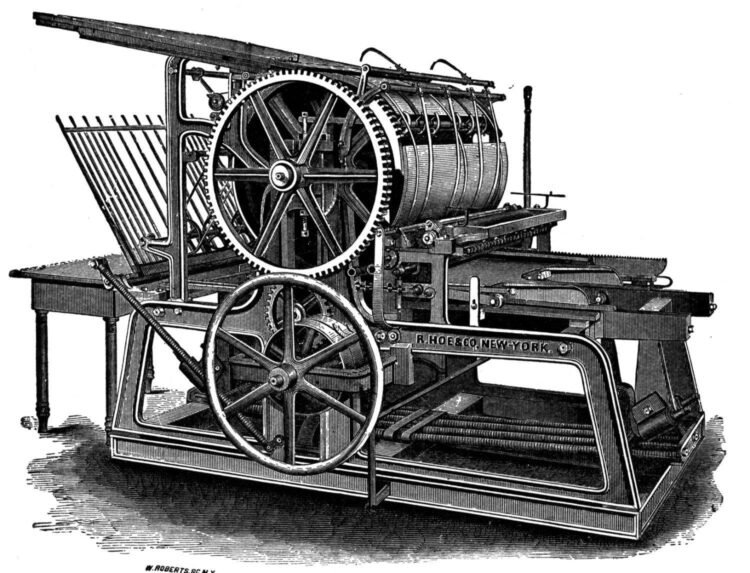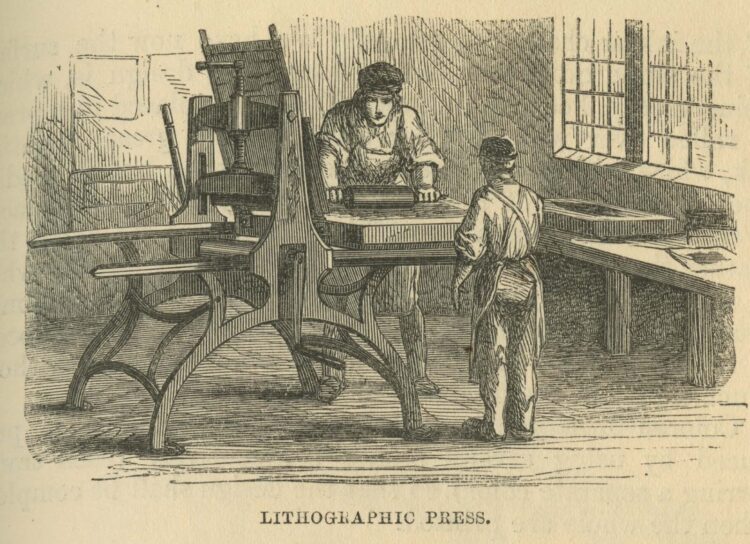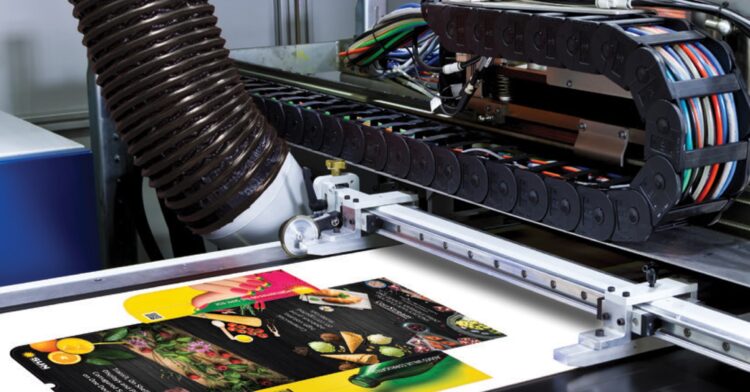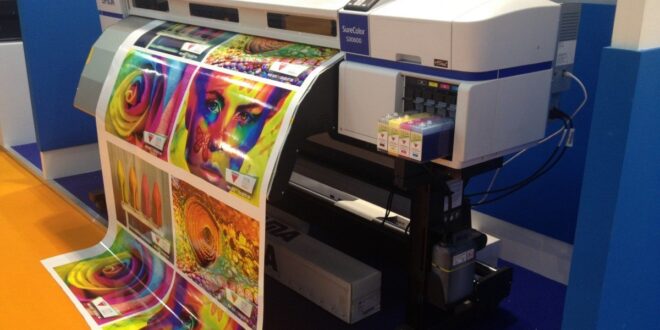Many of today’s technologies have adapted its digital counterparts, and such technology that is vital for our way of conducting business is digital printing. Digital printing, however, isn’t exactly new. It has been around for quite some time. But have you ever asked yourself how it got there? What are the benefits of digital printing? And why is it better? If so, then we’re going to explain it all in this article.
The First Printers

The earliest forms of printing go way, way, back to the year 3,000 BC. The Mesopotamian Civilization was the first to utilize printing, but it was very primitive. Mesopotamians used to press images into clay, a method called stamping.
Fast forward to 200 AD and we’re in China’s Han Dynasty. The Han Dynasty was probably the first to utilize a modern method of printing, where they would use silk and print flowers on it. The flowers were even in three colors, which was something never before seen. The whole process was done using woodblocks, where the silk would be placed on the woodblocks and pressed against a palette of colors. It will take another 1,200 years before we transition from silk to paper.
The Movable Type of Printing
As we just mentioned, it wouldn’t be until the year 1455 where we transitioned from cloth to paper. And it was all possible with the Gutenberg Press. The Gutenberg Press made it possible for entire documents to be put together into one, a method that involved movable pieces of metal type to be arranged. This was the earliest form of modern-day printing and one that revolutionized printing entirely. It allowed for writing and even images to be displayed in high-quality, and it was a very affordable option. The moveable type of printing completely made woodblock printing obsolete, and it moved us to a new era of printing.
Lithography

Fast forward in 1798 and Alois Senefelder invented lithography. This was yet another revolutionary method of displaying words and images to paper. However, it worked differently than the Printing Press as it utilized a chemical process.
According to www.carbon8.com.au, each image printed with lithography was made out of two components, positive and negative parts. The positive component was made with hydrophobic chemicals, and the negative was water. Whenever an image would need printing, the ink and water would expose the plate. The ink would stick to the positive part of the image, subsequently giving it the color, and the water would clean the negative part.
Digital Printing

While lithography was a brilliant method of printing, it was digital printing that took printing to the next level. Fast forward to the 90s and we’re into the modern age. Many new discoveries were made in the 20th century that revolutionized humanity, and one such was digital printing. Modern printers were created in the 90s. Digital printing was a more sophisticated way of displaying ink on paper. It completely reduced waste associated with printing, it improved image quality, and it allowed for more complex colors and patterns to be printed on different types of paper. Digital printers used liquid ink toners and would print based on digital files from a computer, as opposed to using plates for the printing process. But we haven’t stopped there as in the next decades we’ve seen laser printers and 3D printers take printing to the next level.
 Hi Boox Popular Magazine 2024
Hi Boox Popular Magazine 2024



